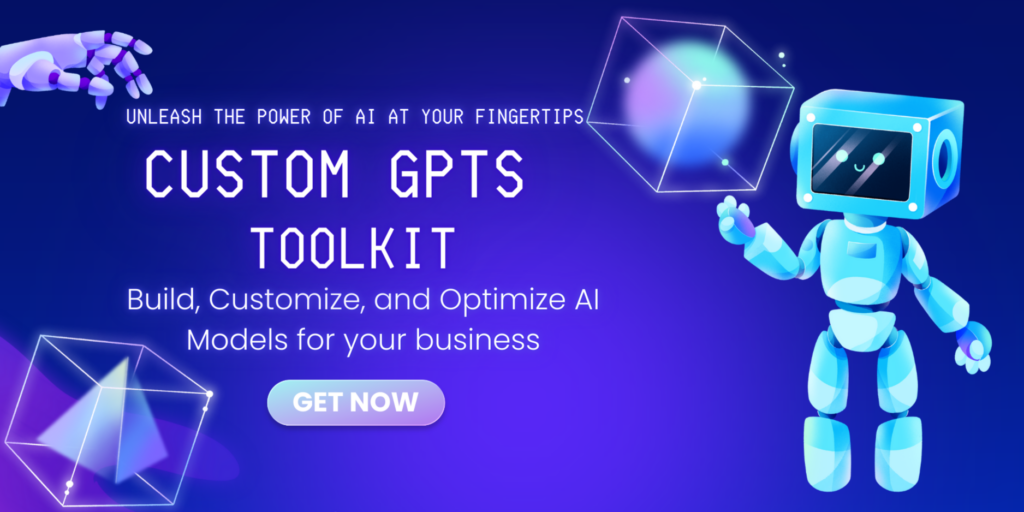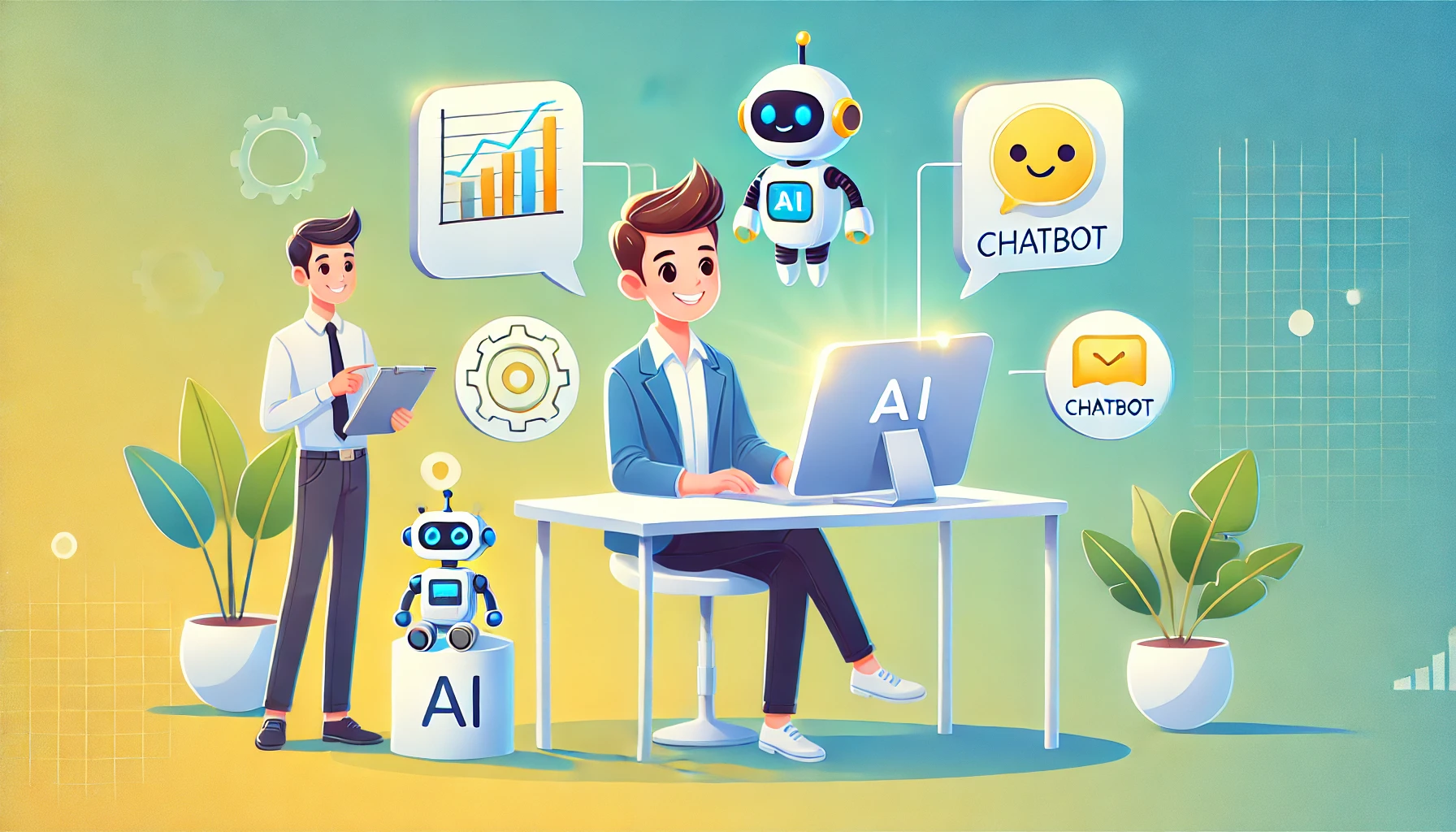Artificial Intelligence (AI) is no longer a futuristic idea—it’s here, transforming the workplace. But how can professionals effectively leverage AI without falling into the “Fear of Missing Out” (FOMO)? This guide will show you practical strategies to adopt AI tools wisely, boost productivity, and maintain focus on what matters.
Table of Contents
- What Does “Leverage AI” Mean?
- Identify Your Work Needs
- Choose AI Tools That Fit Your Goals
- Use AI for Automation
- Learn AI with a Purpose
- Implement Gradually
- Track and Measure Results
- Limit and Focus Your AI Use
- Stay Updated on Trends (Without Overloading Yourself)
- Balance Technology with Human Skills
1. What Does “Leverage AI” Mean?
Leveraging AI doesn’t mean adopting every tool in the market. It means identifying ways to:
- Automate repetitive tasks.
- Enhance productivity.
- Solve specific challenges in your job.
For example, if you’re in sales, you might use AI for lead generation or predictive analytics.
2. Identify Your Work Needs
Before adopting AI, analyze your specific needs:
- What tasks could benefit from automation?
- Are you looking to save time, increase output, or gain deeper insights?
Example:
Marketers can use AI to create data-driven content, while data analysts can rely on tools for faster visualization.
3. Choose AI Tools That Fit Your Goals
Not all AI tools are created equal. Here are some top picks:
- ChatGPT: Best for content creation, email responses, and brainstorming.
- Notion AI: Great for project management and task automation.
- Tableau AI: Perfect for data visualization and decision-making.
Make sure the tool aligns with your immediate goals to avoid unnecessary complexity.
4. Use AI for Automation
AI is perfect for repetitive, time-consuming tasks such as:
- Sorting emails by priority.
- Generating weekly progress reports.
- Analyzing customer behavior for personalized marketing.
This not only saves time but also improves the overall efficiency of your workflow.
5. Learn AI with a Purpose
You don’t have to master every tool. Instead, focus on tools directly related to your job:
- Spend 30 minutes daily on tutorials to learn advanced features.
- Take free courses on platforms like Coursera or YouTube.
Example:
Learn to optimize your SEO blogs using ChatGPT to increase visibility and engagement.
6. Implement Gradually
Don’t overwhelm yourself by trying to adopt everything at once. Instead:
- Start small—use AI for individual tasks.
- Evaluate the results and scale up.
For instance, begin with simple automation, like using AI to filter emails or create draft proposals.
7. Track and Measure Results
To ensure effectiveness:
- Set clear goals (e.g., reduce task time by 20%).
- Use analytics to track improvements over time.
Regular evaluations help you decide whether to continue or tweak your AI strategy.
8. Limit and Focus Your AI Use
Not all tools are worth your time. Here’s how to stay efficient:
- Stick to 2–3 tools that directly impact your productivity.
- Avoid spending too much time learning features you don’t need.
Pro Tip:
AI should complement your skills, not replace them. Rely on tools that enhance your expertise.
9. Stay Updated on Trends (Without Overloading Yourself)
AI technology evolves rapidly, but that doesn’t mean you have to follow every trend.
- Subscribe to reliable sources like OpenAI blogs or attend niche industry conferences.
- Avoid overloading yourself with every new tool or feature.
10. Balance Technology with Human Skills
While AI excels in logic and efficiency, soft skills and creative thinking remain critical:
- Hone your interpersonal skills and emotional intelligence.
- Use AI to save time for tasks requiring human creativity and judgment.
Example:
While AI can generate a marketing campaign, only human insight can connect emotionally with customers.
Key Takeaway
Effectively leveraging AI is about making thoughtful decisions: choosing the right tools, focusing on priorities, and balancing technology with human skills. Remember, AI is a tool—you are the one in control.
Quick FAQ
Q: How can I get started with AI tools?
A: Identify one or two tools (e.g., ChatGPT or Notion AI) that solve your key pain points and start exploring tutorials.
Q: How do I avoid being overwhelmed by AI trends?
A: Follow only trusted sources like OpenAI or relevant conferences to stay informed about meaningful updates.

Struggling with repetitive tasks, lack of customization, or generic AI outputs? Imagine having an AI assistant tailored specifically to your needs—whether for content creation, customer engagement, or workflow automation. Custom GPTs are your gateway to a smarter, more efficient AI experience.
With over 150 pre-configured templates, the Custom GPTs Toolkit transforms ChatGPT into a specialist for virtually any task. Stop wasting time with trial-and-error prompts and start automating your operations with precision. Ready to save hours and improve results?
📥 Download the Custom GPTs Toolkit Now and unlock your AI’s full potential today!

